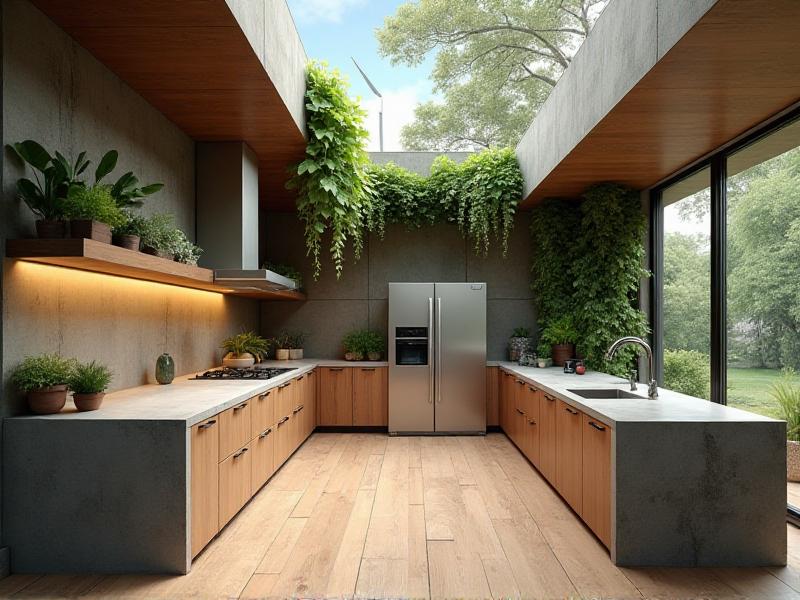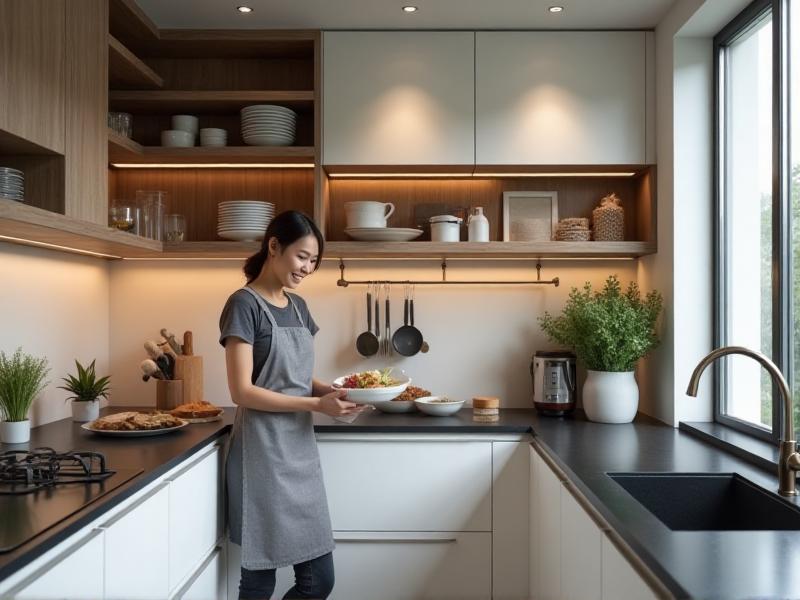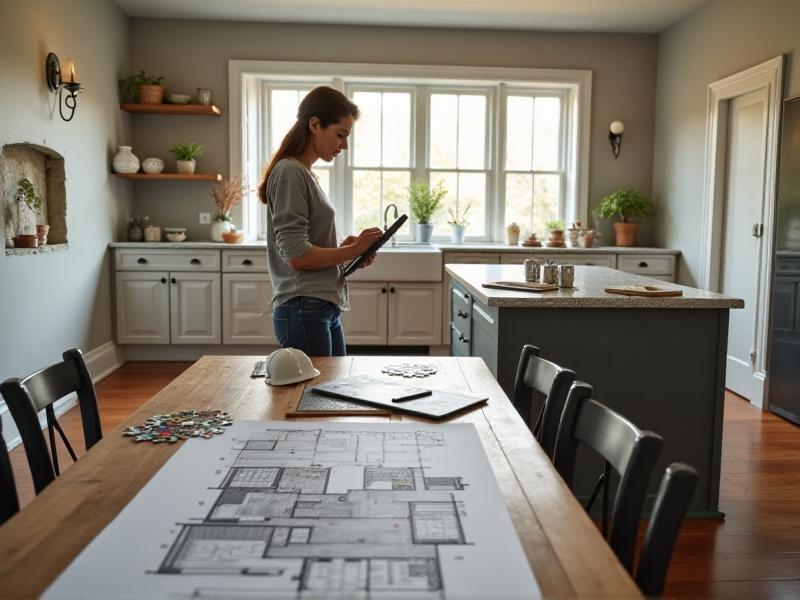1. Failing to Plan Properly
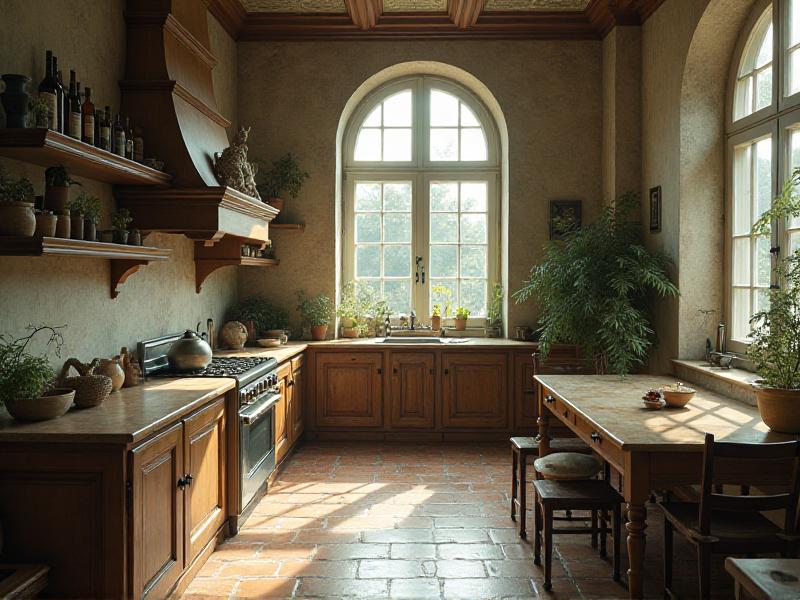
One of the most common mistakes homeowners make during a kitchen remodel is not planning adequately. A well-thought-out plan is the backbone of any successful renovation. Without it, you risk running into unexpected issues, delays, and budget overruns. Start by assessing your needs and wants. Do you need more storage space? Are you looking to upgrade your appliances? Once you have a clear vision, create a detailed timeline and budget. Don’t forget to account for contingencies, as unexpected problems often arise during renovations. Consulting with a professional designer or contractor can also help you avoid costly mistakes and ensure your plan is feasible.
2. Ignoring the Workflow Triangle

The kitchen workflow triangle, which consists of the sink, stove, and refrigerator, is a fundamental concept in kitchen design. Ignoring this principle can lead to a kitchen that is inefficient and frustrating to use. The goal is to place these three elements in a triangular layout, with each side of the triangle being between 4 and 9 feet. This setup minimizes unnecessary movement and makes cooking and cleaning more efficient. When planning your remodel, consider how you move around the kitchen and ensure that the workflow triangle is optimized for your daily routines. Avoid placing obstacles, such as islands or cabinets, in the path of this triangle.
3. Overlooking Storage Needs

Storage is often an afterthought in kitchen remodels, but it’s crucial for maintaining a functional and organized space. Overlooking your storage needs can result in a cluttered kitchen that’s difficult to work in. Think about how you use your kitchen and what items you need to store. Consider incorporating a mix of cabinets, drawers, and pantry space to accommodate different types of items. Pull-out shelves, lazy Susans, and deep drawers can make accessing items easier and more efficient. Don’t forget about vertical space—installing cabinets that reach the ceiling can provide additional storage and prevent dust from accumulating on top of lower cabinets.
4. Choosing Style Over Functionality
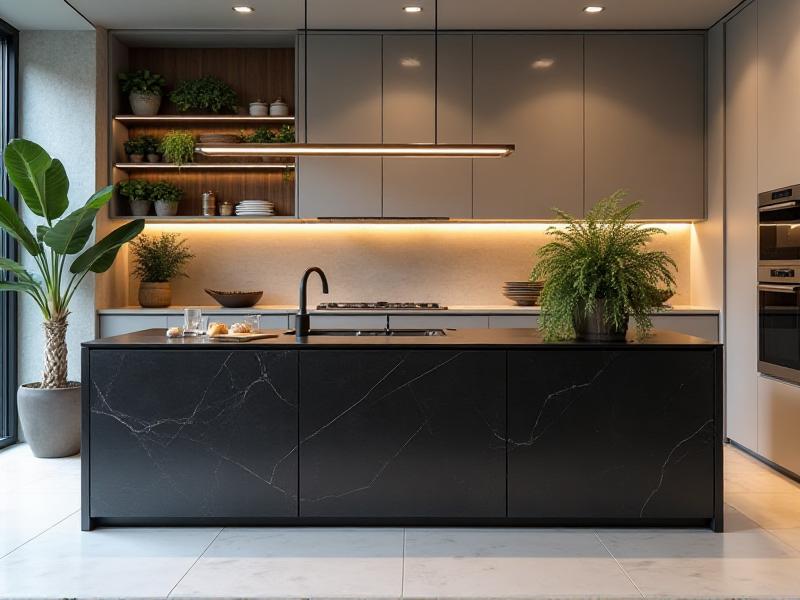
While it’s tempting to focus on the aesthetics of your new kitchen, prioritizing style over functionality can lead to a space that looks great but is impractical to use. For example, choosing a beautiful but fragile countertop material that stains easily or requires constant maintenance can be a mistake. Similarly, opting for trendy fixtures that don’t suit your cooking habits can make your kitchen less efficient. When selecting materials, appliances, and fixtures, consider how they will hold up to daily use and whether they meet your practical needs. A balance between style and functionality is key to creating a kitchen that is both beautiful and practical.
5. Underestimating the Budget

Underestimating the budget is a common pitfall in kitchen remodels. Many homeowners start with a rough estimate and then find themselves overspending as the project progresses. To avoid this, create a detailed budget that includes all potential costs, from materials and labor to permits and unexpected expenses. It’s also wise to set aside a contingency fund—typically 10-20% of the total budget—to cover any unforeseen issues. Be realistic about what you can afford and prioritize your spending on the elements that matter most to you. Remember, a well-planned budget can help you avoid financial stress and ensure that your kitchen remodel stays on track.
Key Takeaways
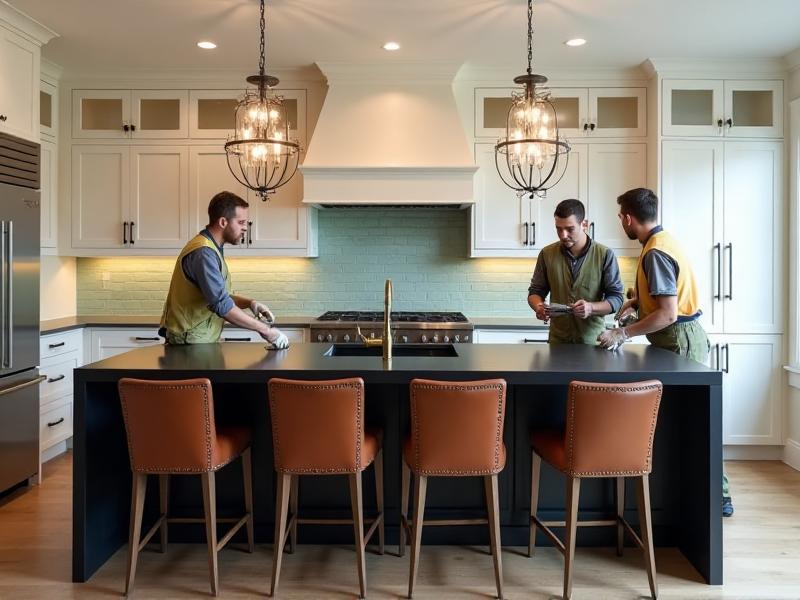
When embarking on a kitchen remodel, it’s essential to avoid common mistakes that can derail your project. Proper planning, optimizing the workflow triangle, addressing storage needs, balancing style with functionality, and setting a realistic budget are all crucial steps to ensure a successful renovation. By keeping these key points in mind, you can create a kitchen that is both beautiful and functional, tailored to your specific needs and lifestyle.
Frequently Asked Questions
Q: How long does a typical kitchen remodel take?
A: The duration of a kitchen remodel can vary widely depending on the scope of the project. On average, a full kitchen remodel can take anywhere from 6 to 12 weeks. However, smaller projects or partial remodels may be completed in a shorter timeframe.
Q: Should I hire a professional for my kitchen remodel?
A: While some homeowners may choose to tackle certain aspects of a kitchen remodel themselves, hiring a professional can help ensure that the project is completed efficiently and to a high standard. Professionals can also provide valuable insights and help you avoid common pitfalls.
Q: How can I save money on my kitchen remodel?
A: There are several ways to save money on a kitchen remodel, such as repurposing existing cabinets, choosing cost-effective materials, and doing some of the work yourself. However, it’s important to balance cost-saving measures with the quality and durability of the materials and workmanship.
